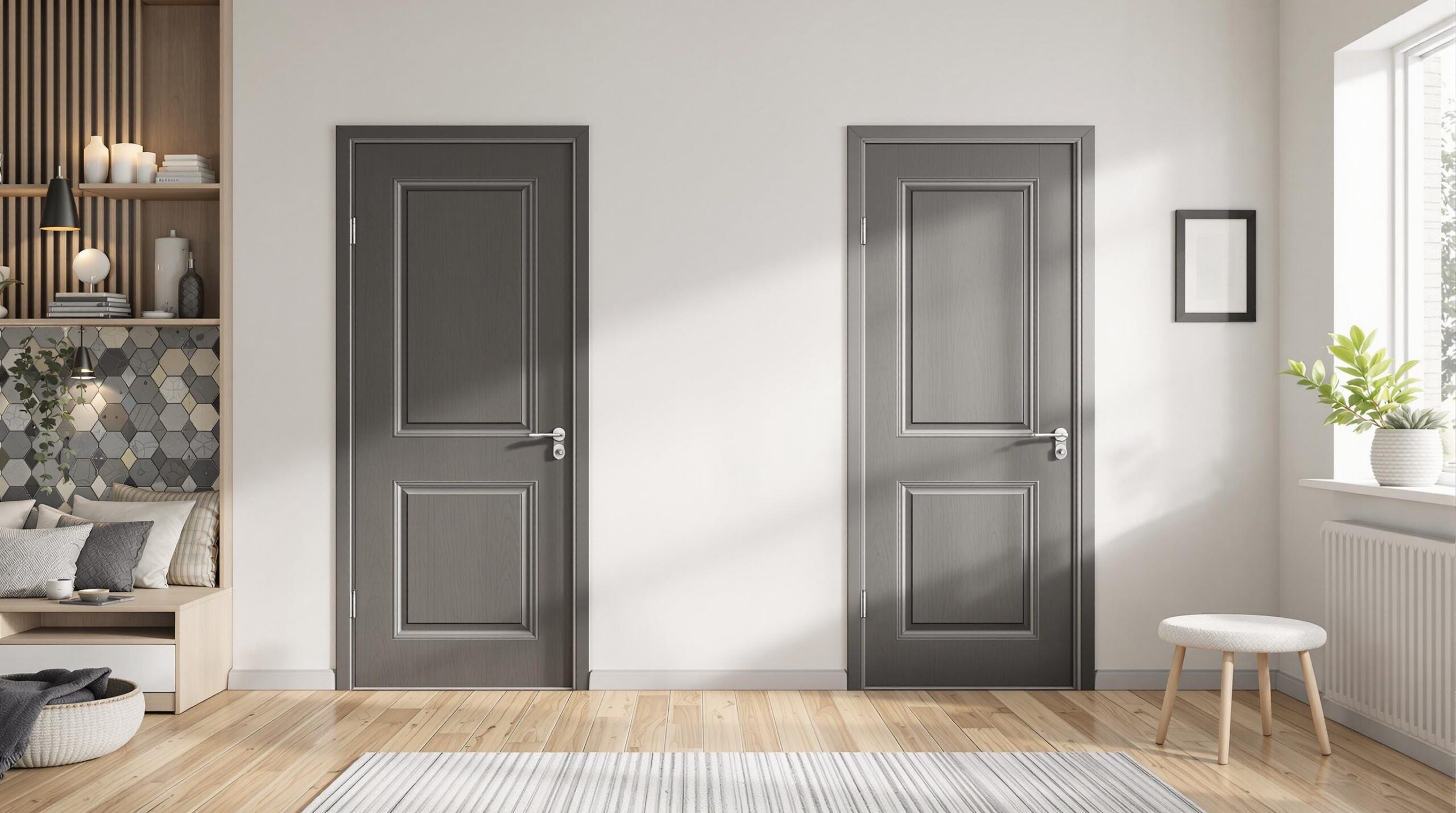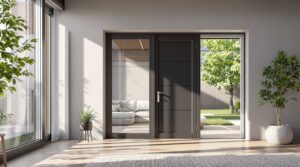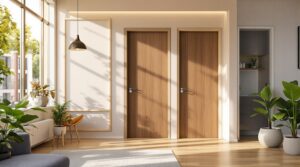Ergonomic Door Designs: Improving Accessibility in Dutch Homes
As the Dutch population ages, the need for accessible and user-friendly homes is becoming increasingly important. One crucial aspect of creating accessible homes is the design of doors. Ergonomic door designs can greatly improve the accessibility of Dutch homes, allowing residents to navigate their living spaces with ease and comfort. In this article, we will explore the concept of ergonomic door design, its benefits, and how it can be applied in Dutch homes to improve accessibility.
Basic Concepts: Understanding Ergonomic Door Design
Ergonomic door design refers to the creation of doors that are designed to be accessible, usable, and comfortable for all users, regardless of their age, ability, or disability. This concept is closely related to universal design, which aims to create products and environments that are usable by everyone. In the context of door design, ergonomics involves considering factors such as door width, height, handle type, and opening mechanism to ensure that doors are easy to use and navigate.
The benefits of ergonomic door design are numerous. It can improve accessibility for people with disabilities, reduce the risk of injuries and accidents, and enhance the overall usability of a home. In the Netherlands, where there is a growing focus on creating accessible and inclusive living environments, ergonomic door design is becoming an essential aspect of home design and renovation.
Key Principles of Ergonomic Door Design
To create doors that are ergonomic and accessible, several key principles must be considered. These include:
- Width and clearance: Doors should be wide enough to allow easy passage, with a minimum width of 80 cm recommended.
- Handle type and height: Door handles should be easy to use, with a lever or pull handle recommended, and installed at a height of between 90 cm and 100 cm.
- Opening mechanism: Doors should be easy to open, with an automatic or easy-grip opening mechanism recommended.
- Threshold and flooring: Door thresholds should be level or slightly sloping, and flooring should be smooth and even to prevent tripping hazards.
By considering these principles, homeowners and builders can create doors that are accessible, usable, and comfortable for all users.
Applying Ergonomic Door Design in Dutch Homes
In the Netherlands, there are several ways to apply ergonomic door design in homes. These include:
- Renovating existing doors: Homeowners can renovate existing doors to make them more accessible, by installing new handles, widening doorways, or replacing existing doors with more accessible models.
- Installing new doors: When building or renovating a home, installing new doors that are designed with ergonomics in mind can greatly improve accessibility.
- Using universal design principles: Homeowners and builders can apply universal design principles to create homes that are accessible and usable for everyone, regardless of age or ability.
By applying these strategies, Dutch homeowners can create homes that are more accessible, usable, and comfortable for all residents.
Practical Tips for Improving Door Accessibility
To improve door accessibility in your home, follow these practical tips:
- Install lever handles or pull handles on doors, as these are easier to use than traditional door handles.
- Ensure that doorways are wide enough to allow easy passage, with a minimum width of 80 cm recommended.
- Install automatic or easy-grip opening mechanisms on doors to make them easier to open.
- Ensure that door thresholds are level or slightly sloping, and that flooring is smooth and even to prevent tripping hazards.
By following these tips, you can improve the accessibility and usability of your home, and create a more comfortable and safe living environment for all residents.
Conclusion: Creating Accessible and User-Friendly Homes
In conclusion, ergonomic door design is a crucial aspect of creating accessible and user-friendly homes in the Netherlands. By considering key principles such as door width, handle type, and opening mechanism, homeowners and builders can create doors that are accessible, usable, and comfortable for all users. By applying these principles and strategies, Dutch homeowners can improve the accessibility and usability of their homes, and create a more comfortable and safe living environment for all residents.
Remember, creating an accessible and user-friendly home is an ongoing process that requires careful consideration and planning. By prioritizing ergonomic door design and universal design principles, you can create a home that is accessible, usable, and comfortable for everyone, regardless of age or ability.
| Door Type | Width | Handle Type | Opening Mechanism |
|---|---|---|---|
| Single door | 80 cm | Lever handle | Automatic |
| Double door | 120 cm | Pull handle | Easy-grip |
| Sliding door | 100 cm | Lever handle | Manual |
This table provides a summary of different door types and their recommended features. By considering these factors, homeowners and builders can create doors that are accessible, usable, and comfortable for all users.








